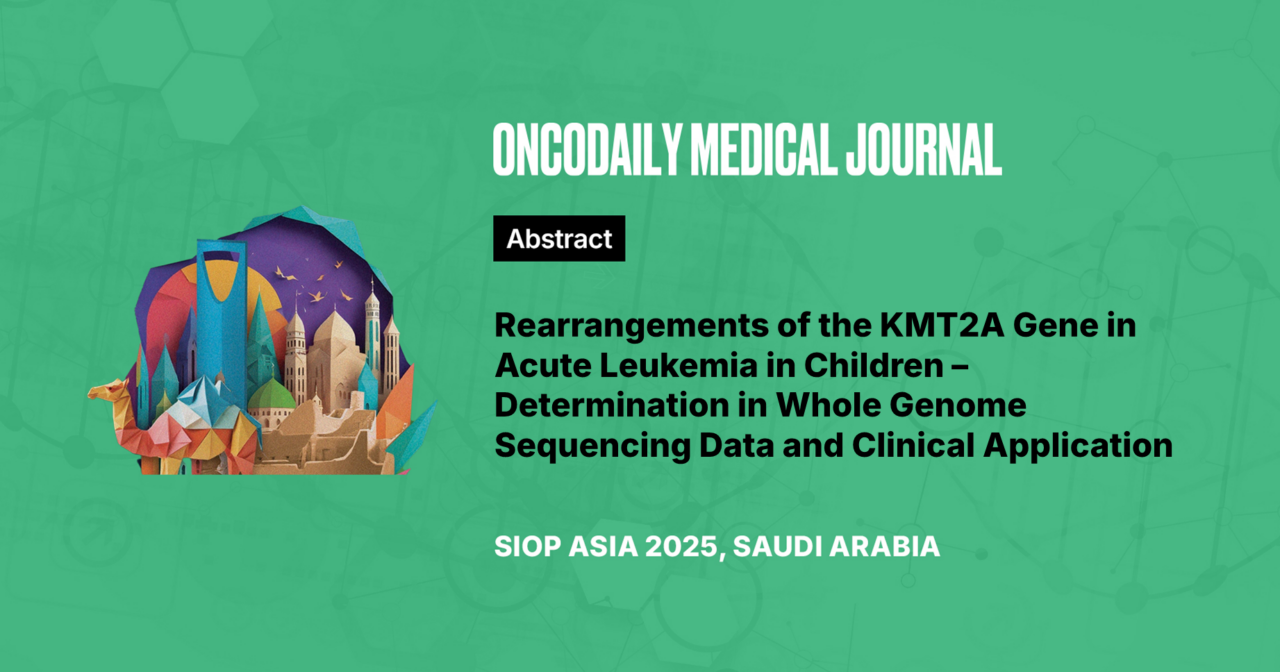Rearrangements of the KMT2A Gene in Acute Leukemia in Children – Determination in Whole Genome Sequencing Data and Clinical Application
Abstract
Introduction: Recurrent chromosomal translocations leading to the formation of chimeric genes are the main mechanism of the pathogenesis of acute leukemia (AL) in children; special attention is paid to rearrangements of the KMT2A gene due to their frequent occurrence, a large number of partner genes and various localization of breakpoints. The aim of the work was to identify KMT2A rearrangements in children with AL in genome-wide sequencing (WGS) data in prospective (n=95) and retrospective (n=117) cohorts.
Methodology: WGS was conducted within the national genetic initiative “100,000+Ya.” KMT2A rearrangement were confirmed in 98% of the samples (208 of 212). Discordant cases were associated either with rearrangement in a small subclone (<2%, n=2), or with other 11q23.3 rearrangements (n=2).
Results: Among concordant cases (n=208), 29 partner genes were found, including 2 previously undescribed KMT2A::SORBS1 and KMT2A::MRTFB. The partner genes AFF1 (n=41, 19.7%), MLLT3 (n=47, 22.6%) and MLLT10 (n=34, 16.3%) were most often represented. The most frequent breakpoint region in ALL was intron 11 (33.7%), in AML – intron 9 (44.2%). KMT2A rearrangements were represented by simple reciprocal (49.0%), one-step (1.9%) and complex (49%) events, with the median number of junctions in complex translocations being 6, and the maximum being 17 (for t(10;11)). Five cases of KMT2A cryptic rearrangements were discovered, which was the basis for the re-classification of patients into a high-risk group. There were also 2 cases of a combination of KMT2A rearrangements with rearrangements of other important AL genes – ABL1 and RUNX1. The found sequences of KMT2A chimeric genes were used to determine the minimum residual disease (MRD) by RT-PCR.
Conclusion: The persistence of PCR-MRD showed a significant effect on event-free survival in the AML-MRD-2018 protocol (36.0±10.4% vs 26.4±12.8%, p=0.024).





